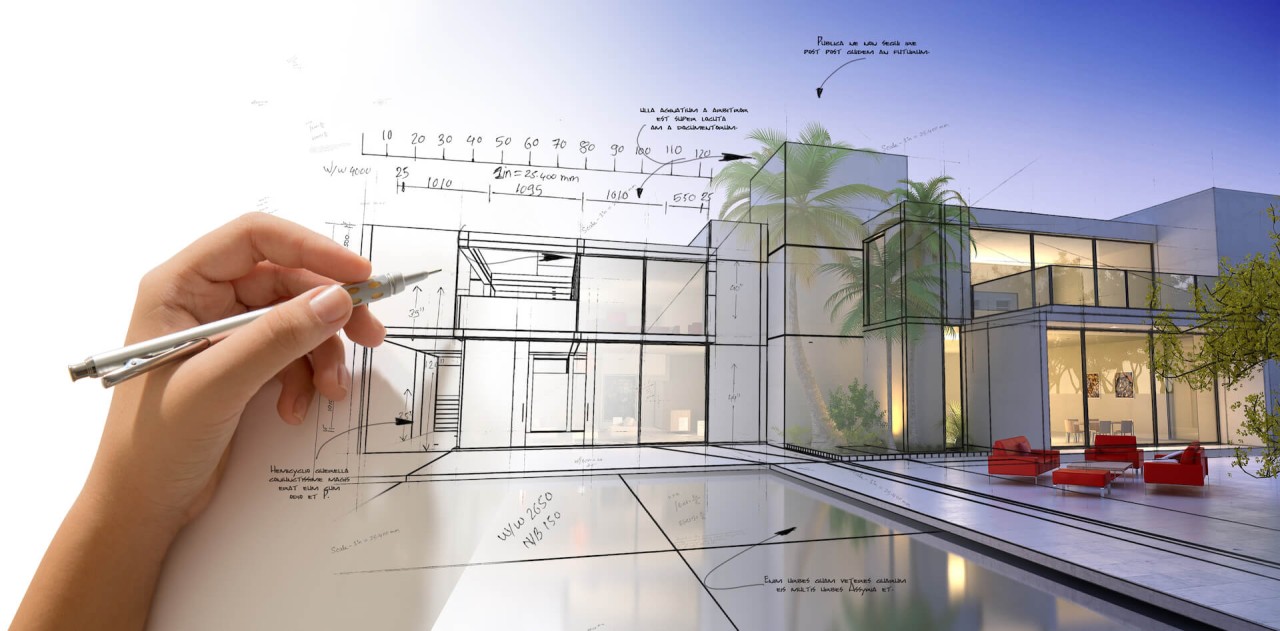Mastering the Interior Design Process: From Vision to Reality
Mar 25, 2025
Interior design is not just about decorating; it's about creating spaces that are both stunning and functional. A well-planned design process ensures that every detail aligns with the client's vision, style, and budget. Let’s dive into the step-by-step journey of turning ideas into beautifully designed interiors.
1. Understanding the Client’s Vision
The first step is to understand the client’s lifestyle, preferences, and expectations. Through in-depth discussions, designers gather insights into their needs, budget, and desired aesthetics. A well-defined brief ensures a clear direction for the project.

2. Gathering Inspiration & Research
Once the vision is clear, designers conduct research, explore design trends, and create mood boards. This phase helps in identifying colors, materials, and layouts that suit the client's taste and the space’s purpose.
3. Space Planning: Designing the Blueprint
Strategic space planning is key to a functional interior. This step involves:
-
Measuring the space to understand its dimensions and potential.
-
Developing floor plans for optimal furniture placement and movement.
-
Creating a design concept that aligns with the client's style—be it modern, traditional, or eclectic.
4. Budgeting & Selecting Materials Wisely
A well-planned budget ensures smooth execution. Designers help clients choose cost-effective yet high-quality materials, finishes, and furnishings, including flooring, wall treatments, fabrics, and lighting.
5. Bringing Ideas to Life with 3D Visualization
To help clients visualize the final look, designers use sketches, 3D renderings, and virtual walkthroughs. This phase allows revisions and fine-tuning before execution begins.

6. Execution & Project Coordination
With the design finalized, execution begins. Designers oversee construction, coordinate with contractors, and ensure the project stays on track, maintaining quality and efficiency throughout the process.
7. Styling & The Final Touches
Once construction is complete, the space is styled with furniture, decor, and accessories. Attention to detail ensures that every element harmonizes with the overall theme and enhances the ambiance.

8. Final Walk-through & Client Approval
Before handing over the project, designers conduct a final walk-through with the client. Any last-minute refinements are made to achieve perfection, ensuring complete client satisfaction.
Conclusion: Where Art Meets Functionality
The interior design process is a creative journey that transforms ordinary spaces into extraordinary experiences. By following a structured approach, designers craft interiors that seamlessly blend beauty and functionality, bringing their client’s vision to life.

